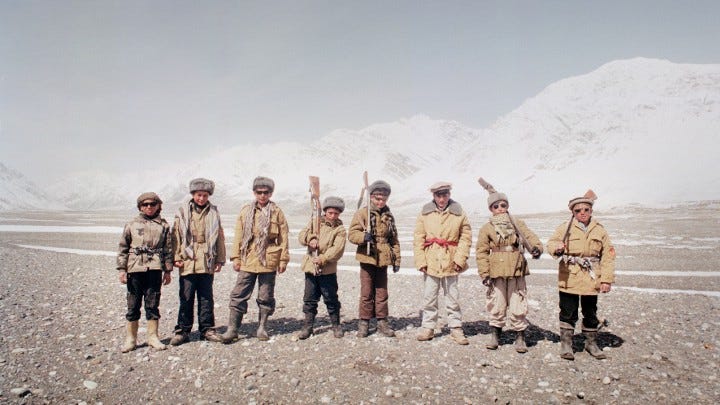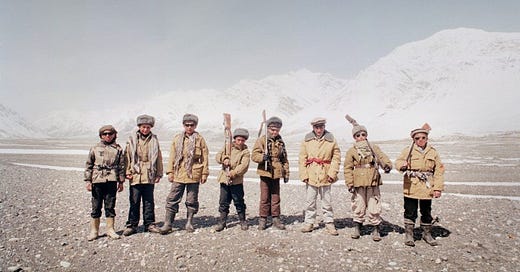‘The Land of the Enlightened’ Is an Astonishing, Mythical Docudrama of Afghan History

The history of Afghanistan is a history of invasions. Everyone from Alexander the Great and Genghis Khan to Leonid Brezhnev has knocked on the door, to mixed success. Combined with the nation’s provocative natural resources, from the opium-producing poppy to the deep blue charm of lapis lazuli, this has given the nation something of a mythological reput…



